Szczecinek
Distance
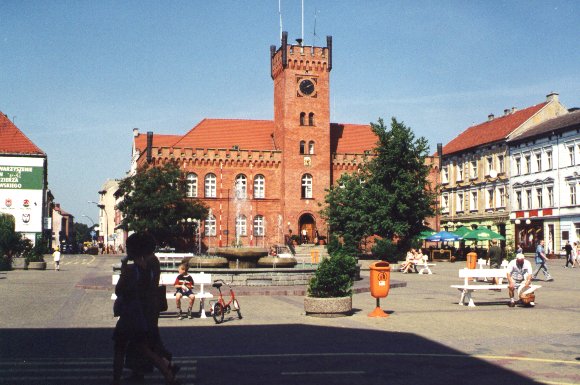
The square and the town hall in Szczecinek
Population
42.400 (2000)
Location and history
Szczecinek is located in Drawsko Lake Highlands in southern Pomerania, beautifully located between two lakes: immediately west of the city center is Lake Trzesiecko and a little further to the northeast of Lake Wielimie.Szczecinek is a significant commercial, administrative and cultural center with a large number of schools.
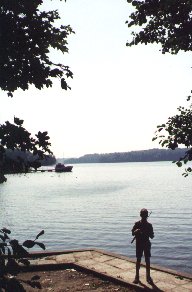
The West Pomeranian Warcisław IV founded the city in 1310. The location between the two lakes facilitated the defense of the city; to the south it was protected by the castle and the lake. In the beginning, the city was called Nowy Szczecin (New Szczecin, in German later: Neustettin). Like all of Pomerania, Szczecinek has gone through a very changeable history. The city had to defend itself against Brandenburg’s and the Crusaders' expansion drive. Until the middle of the 17th century. remained the city under the Pomeranian princes. The last reigning prince of the West Pomeranian dynasty, Bogusław XIV, died childless in 1637. Szczecinek and its surroundings then came into the possession of the Hohenzollans. In 1930’during the Hitler regime, two large barracks complexes were erected in the city; it was also reinforced “Pomeranian violence” west of town. General Guderian moved from the barracks in Szczecinek’s German Armored Corps entered Poland in September 1939. At the end of the war, on February 27, 1945, the city was conquered by the Germans after only a single day's fighting; therefore, the destruction was only minor. After the conquest, the former German population in the area was relocated to Germany, and the city was then populated by Polish emigrants from the eastern regions, ie areas on the other side of the Bug river, as well as from central Poland.
Tourist attractions
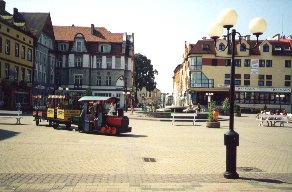
prince Borgen . – The southern wing of the castle dates from the 14th century. The castle was also rebuilt at the beginning of the 17th century. For decades, the building was the widow's seat of the late princes' wives.
Saint Mikołaj Tower . – Gothic church tower, the remaining part of St. Mikołaj Church from the 16th century, whose main ship was demolished in 1909. Since 1914 there is a regional museum in the building.
City Hall – Erected in an eclectic style with neoromanic elements in 1852. In the first floor of the city council hall you can see mosaic tiles with representations of, among other things. a procession of the city's inhabitants.
The former high school building – Comes from pitch. of the 19th century, but was rebuilt several times, late in 1986. At this site stood one of the first colleges in West Pomerania, founded in 1640 by princess Jadwiga Brunszwick.
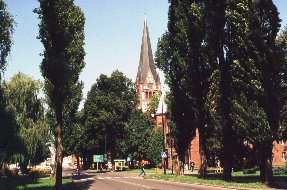
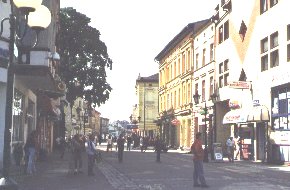
Surrounding Area
The surrounding area is characterized by beautiful forests as well as clean lakes – large as well as small – in a hilly terrain. The area is well known and loved by kayakers and others who practice water sports.
Attractions include:
Biały Bór – (29 km to the north). Smaller tourist town located by two lakes and in a wooded area; the place is also known for its horse breeding breed breeding horses.
Barwice – (about 24 km to the west). The town is located on the river Gęsia (a tributary to Parsęta) in a hilly terrain, 113-132 meters above sea level. The original street course is preserved; there are half-timbered houses from the 18th-19th century. A church dating from the 19th century has been erected in the square of the medieval church.
Barwice
Borne Sulinovo – (20 km to the southwest). Built in 1930’to meet the needs of the German army. The buildings were used by the Soviet army in the years 1945-1992. After that, for the first time in its existence, the place has become civil in character. For the aforementioned reasons, large parts of the area are almost untouched by civilization and thus a whole new land for tourism.
Borne Sulinovo
Bagno Ciemino Nature Reserve . – A forest and bog reserve of 466.51 ha laid out in 1997. It occupies the area between the north coast of Lake Ciemino and the railway line Szczecinek-Czaplinek. The reserve was established to preserve the ecosystems of forests and bogs characteristic of Drawsko Lake Highlands. More than 400 species of vascular plants occur in the area, of which more than 20 are protected by law.
Kielpino Lake . – This 49.4-hectare lake, 3 km northeast of the village of Grabczyn (23 km north of Szczecinek), is the growing ground for several rare and protected aquatic plants.
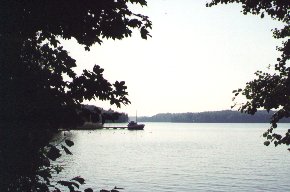
Accommodation
Booking.com
Szczecinek (Polish and English)
Eating Out:
Szczecinek (Polish and English)Other Internet sites and sources
Szczecinek (Polish and English)
Translated into English by Google Translate. Spangshus.dk accept no liability for any errors or omissions in translation.
Map

Rating
Search
Most used tags
churches (205) Castles (86) Monasteries (79) Town walls (74) Lakes (71) Town halls (67) Rivers (65) Castles1 (62) Mansions (55) Museums (51) Regional museums (38) Town gates (36) Abbey churches (35) Castle ruins (30) Cathedrals (26) Forests (25) Health resorts (24) Mounds (23) Water sports (23) National parks (22)Click for all tags
Denne side er også tilgængelig på dansk. This page and contents is (c) Copyright 2018- www.spangshus.dk. Based on Inviator software by ISCA Software